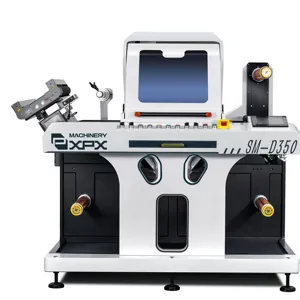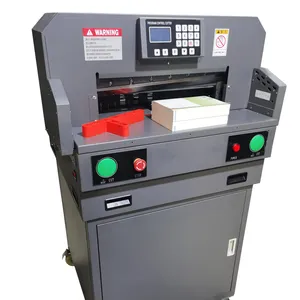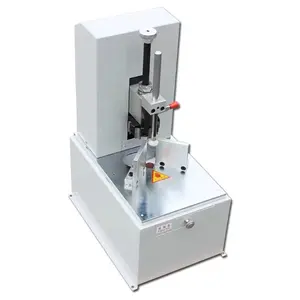The marketplace offers a diverse range of manual book cutting machines designed to cater to various publishing needs. From versatile machines capable of handling materials for books and packaging to those combining cutting and shrink wrapping functionalities, ideal for packaging books and other items.
For precise paper cutting, desktop guillotines and heavy-duty manual office guillotine paper cutters are notable for their convenience and robust design, suitable for cutting through various paper sizes and volumes. Specialized cutting machines offer rounded corner cutting, a detail often required in photo albums and other bound materials.
Heavy-duty tasks are managed by machines designed for books, and others capable of embossing paper gift paper and book covers. For operations requiring precision and intricate cutting, machines providing die cutting and creasing are crucial for creating professional-looking books and packaging.
In environments where space and efficiency are paramount, compact models are ideal. These machines are designed for ease of use and are suitable for small-scale operations. On the other end of the spectrum, advanced cutting capabilities and higher volume handling are catered to by heavy-duty electric paper cutters and CNC machinery fiber laser cutting machines.

















































 浙公网安备 33010002000092号
浙公网安备 33010002000092号 浙B2-20120091-4
浙B2-20120091-4